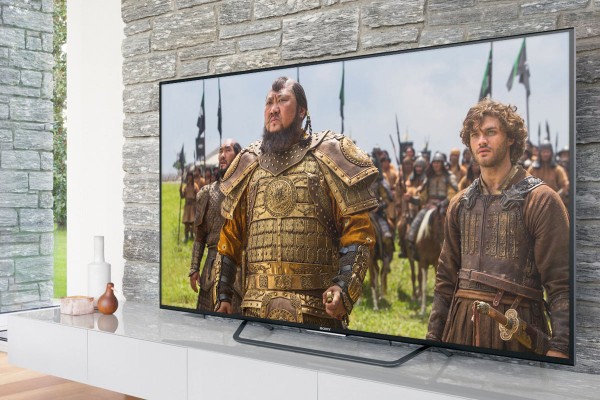
By now, it should be pretty clear that the future of 4K and 4K HDR lies with streaming services. Sure we’re finally getting 4K HDR movies on Blu-ray some time this year but the reality is that physical media is going to lag severely when it comes to releasing timely content as opposed to services like Netflix and Amazon which will be more or less producing most of their future content in the format. Don’t get me wrong, I’m completely with you that streaming as it stands will never look as good as Blu-ray due to the compression that takes place, but consumers have decided that streaming quality is good enough, especially those who have faster internet speeds. Neil Hunt, chief product officer at Netflix:
I think HDR is more visibly different than 4K. Over the past 15 years, we have had plenty of increments of pixels on the screen, and from what we saw with digital cameras, pixel count eventually stopped being interesting.
And he’s right. Is there really a difference in quality between a 20-megapixel and 25-megapixel camera? What if we jumped the count to 40-megapixels? If it’s going on print on a billboard, chances are that the megapixel increase at that point mean nearly nothing. Hunt goes on to say:
In the real world, you have 14 bits of brightness difference, so imagine stepping outside to look at a reflection of water or shadow of a tree that’s between 12 and 14-bits of range. TV only represents 8 bits, so you lose one or the other; you can’t have the brights and the darks at the same time.
Best of all, 4K HDR isn’t the end of what TV’s can do but perhaps the start of something far more dazzling.
We’re nowhere near the limit with color range
More from Neil Hunt after the jump.
So what are the challenges of 4K HDR? A set standard – and this should be no surprise. Even with 4K, we couldn’t have all the manufacturers agree on one naming standard for the first 3 years and when there was a consensus, some, like Sony, have decided not to play along.
Technically, everyone is doing HDR. They’re just at odds over how to do it, and that’s stunting deployment.
HDR hasn’t rolled out en masse yet because of competing standards (think back to Blu-ray vs. HD DVD). Dolby Vision gets a lot of press thanks to its recognizable name, and big names like LG have aligned with the home entertainment juggernaut. But then there’s Ultra HD Premium (or HDR 10, as it’s better known in the industry) chiming in as a more universal standard required by organizations like the Blu-ray Disc Association.
The lack of one horse for all industry players — TV manufacturers, streaming services, broadcasters, and film studios — has made it tough push HDR forward, let alone tout the technology’s benefits.
Luckily Netflix plans on producing most of its new content going forward with HDR in mind.
To get the full gist of what HDR is capable of, content must be shot with it. Netflix already streams Daredevil and Marco Polo in Dolby Vision, with HDR 10 to follow by springtime.
While a promising start, don’t expect everything to be in 4K or 4K HDR any time soon.
Hunt anticipates that 5 percent of content will be available in HDR in a year, ramping up to 20 percent by 2019 for those who have the capability to receive it. That will matter because backward compatibility is likely to be a problem. Most TVs max out at 400 nits of brightness, whereas HDR will need to exceed that considerably. That makes adding it to existing and older content challenging, at least when it comes to achieving the same visual results.
Much like the rise of HD and Blu-ray, a part of 4K HDR content will be going back to classics and converting the worthy material over. Imagine a film like Avatar or or Pixar’s Up converted with maximum brights and darks. On a personal note, I could also do with Matrix getting the treatment as well.
It’s like colorizing black and white footage, where it may look a little better, but won’t be great. The same applies for HDR. You can do it for older stuff, which is a lot of work, and won’t be first-class, but it’s worth doing for great stuff. The big improvement is to do everything from here forward in HDR.
Ultimately, the only meaningful way we’ll get more 4K HDR content at an accelerated rate is if new shows are shot on it.
The big step for Netflix this year is that we’re shooting our original shows with cameras that are capable of capturing all the range, then mastering for HDR. That includes all the metadata for both types of TVs because we worked with the manufacturers to render it properly. We’re ready to start building a library and the TVs are making a big leap this year.
At CES 2016, Sony introduced their line of 4K HDR TVs, the X930D and X850D which will include the 4K-HDR-capable Netflix app.
Discuss:
Do you see the future of 4K HDR in streaming services like Netflix or on physical media with Blu-ray?
[Via DigitalTrends]

You must be logged in to post a comment.